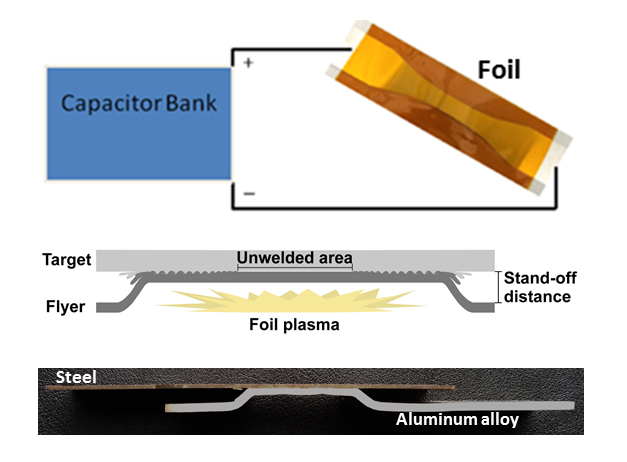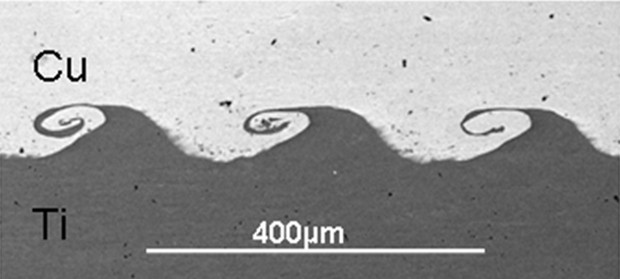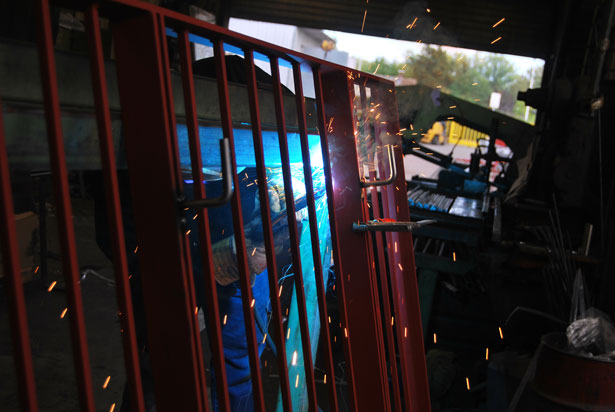New energy-efficient welding technique make cars stronger
A new welding technique that consumes 80% less energy than common welding techniques has been developed by engineers from the The Ohio State University, and it could mean safer cars.
The new technique actually creates bonds that are 50% stronger which could have an impact on the auto industry which is beginning to offer vehicles that combine heavy steel parts with lighter, alternative metals in an attempt to reduce vehicle weight.
The problem with alternative metals is that they pose a challenge to manufacturers since many are considered considered un-weldable by traditional means, in part because high heat and re-solidification weaken them.

“With our method, materials are shaped and bonded together at the same time, and they actually get stronger,” said Glenn Daehn, professor of materials science and engineering at Ohio State, who helped develop the new technique.“Materials have gotten stronger, but welds haven’t. We can design metals with intricate microstructures, but we destroy the microstructure when we weld.”
In a common technique called resistance spot welding, manufacturers pass a high electrical current through pieces of metal, so that the metals’ natural electrical resistance generates heat that partially melts them together and forms a weld. The drawbacks to this method are generation of high currents that consume a lot of energy and the melted portions of metal are never as strong afterward as they were before.
Daehn and his team have been trying to find ways around those problems for over 10 years now. They’ve filed more than six patents on a system called vaporized foil actuator (VFA) welding.
In VFA, a high-voltage capacitor bank creates a very short electrical pulse inside a thin piece of aluminum foil. Within microseconds (millionths of a second), the foil vaporizes, and a burst of hot gas pushes two pieces of metal together at speeds approaching thousands of miles per hour.
The pieces don’t melt, so there’s no seam of weakened metal between them. Instead, the impact directly bonds the atoms of one metal to atoms of the other. The bond, when viewed under a microscope, often features delicate curlicues in spots where veins of both materials extend outward and wrap around each other.

The technique uses less energy because the electrical pulse is so short and because the energy required to vaporize the foil is less than what would be required to melt the metal parts.
So far, the engineers have successfully bonded different combinations of copper, aluminum, magnesium, iron, nickel and titanium. They have created strong bonds between commercial steel and aluminum alloys which is said to be impossible.
The technique is powerful enough to shape metal parts at the same time it welds them together, saving manufacturers a step.
Daehn and his team now want to join with manufacturers to further develop the technology, which will be licensed through Ohio State’s Technology Commercialization Office.


Comments are closed, but trackbacks and pingbacks are open.